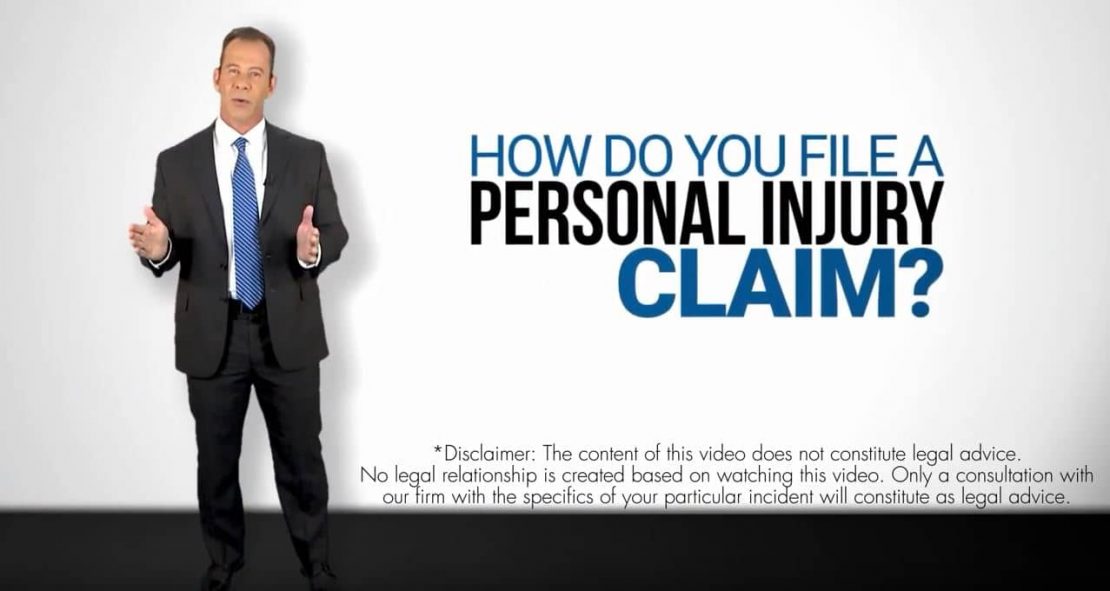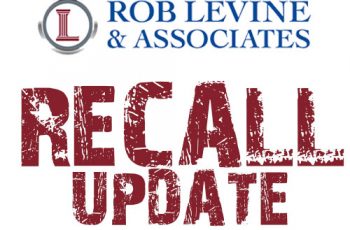How to File a PI Claim
If you’ve been injured due to someone else’s negligence, your world is turned upside down. While you’re trying to recover from your injuries, you’re now dealing with the complicated process of filing a claim. That’s why Rob Levine & Associates wants to help you understand the personal injury claims process and your rights within it.
Step 1: Document the Accident
As soon as the accident happens, call 911 and explain the situation. Don’t leave the scene of the accident before the police arrive and get your statement. Take as many photographs of the incident as possible, like damage to vehicles, placement of vehicles, or defective sidewalks if you slipped and fell. It will be easier for you to prove your case with solid evidence. Lastly, before you leave the scene, exchange insurance information with the other parties involved.
Step 2: Notify the Defendant’s Insurance Company
If there are any injuries to you or your passengers, do not let the opposing insurance company know what your injuries are. You may not know the full extent of your injuries at that time, so it is best to go through treatment before giving specifics. However, you can let the defendant’s insurance know that an injury did take place.
Step 3: Treatment
The most important part of this process is to take care of your injuries. Rest and recover until you reach Maximum Medical Improvement (MMI). However, if you have a permanent injury, have your doctor write a causal relationship letter and a permanency report indicating your injuries and the percentage of the loss of use you’ve suffered in your body.
Step 4: Demand Letter
At this point in the process, you will have your medical records, medical bills, and evidence of your injuries. You will send a demand letter to the defendant’s insurance company, explaining why the defendant is negligent, why you’re injured and what your injuries are, and any documentation to support that. In the demand letter, you will request money to cover what you have lost due to their negligence, including cost for medical bills, pain and suffering, permanency, lost wages, scarring, incidentals, and residuals.
Step 5: Negotiate with the Insurance Company
The most important thing to remember when negotiating with an insurance company is that they are a for-profit company, so they may try to lowball your settlement to avoid paying out on a claim. They will try to tell you that your health insurance already paid the medical bills, so they should not be responsible for paying you that money. However, the Collateral Source Rule in Rhode Island and Massachusetts says that insurance companies cannot take as an offset any money you’ve received from a third-party source to reduce what they owe you. The insurance company must pay you the full amount of your medical bills.
Step 6: Sign Release Forms
Once your injuries are completely treated and you’ve agreed on a settlement amount from the insurance company, you can sign forms to release the insurance company and the individual defendant. In Rhode Island, insurance companies have 30 days to send you a check after they have received the release and all other information.
We know that taking legal action after you’ve been injured is complicated, but we are here to help simplify it for you. If you think you have a personal injury case, call us at 401-424-5213 for your free case evaluation. The personal injury, car accident, and medical malpractice attorneys at Rob Levine & Associates are ready to advocate for you and your rights.












